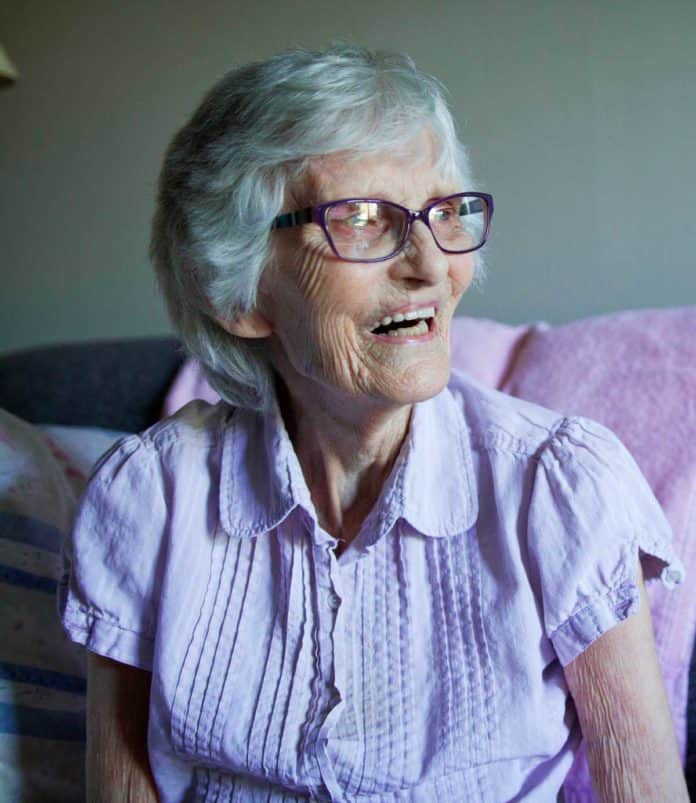GORE BAY – An Ontario government announcement of increasing direct care for long-term care residents to an average of four hours per day has been welcomed by a representative of the Manitoulin Lodge Nursing Home in Gore Bay.
“With regard to the increase in resident care hours, we look forward to learning more about the pledge being made by the province and how that will come to fruition between 2024-2025,” said Stephanie Barber, community relations co-ordinator of Jarlette Health Services, which operates Manitoulin Lodge.
“While this once again is welcome news, our present efforts are focused on the extension of the highest quality of care to our residents and empowering them to achieve their greatest potential,” said Ms. Barber.
The Ontario government announced Monday it is increasing the hours of direct care for each long-term care resident to an average of four hours per day. This commitment will make Ontario the leader among Canadian provinces in the provision of care for long-term care residents. The announcement was made in advance of the release of Ontario’s 2020 budget yesterday, November 5.
“I made a promise to long-term care residents, their families and their caregivers that we would deliver better care for our seniors,” said Premier Doug Ford. “Today, we are delivering on that promise and acting on the early recommendations of Ontario’s Long-Term Care COVID-19 Commission. By increasing the hours of daily direct care for residents, we will improve our quality of life and ensure they are more comfortable and safe.”
This new commitment to improve quality of care includes: average daily direct care of four hours a day per resident. Direct hands-on care is provided by nurses or personal support workers to support individual clinical and personal care needs; hard targets set over the next four years to achieve this standard by 2024-2025. Progress against these targets will be measured and reported regularly; Unprecedented changes to educate and recruit the tens of thousands of new personal support workers, registered practical nurses and registered nurses that will be required. As part of the province’s COVID-19 fall preparedness plan, the province is taking the first step by recruiting an additional 3,700 front-line workers for its health workforce.
“On Thursday, I’ll introduce Ontario’s 2020 budget, the next phase of Ontario’s Action Plan,” said Rod Phillips, minister of finance. “It is a plan that will have three pillars. The first is protect, making good on Premier Ford’s commitment to do whatever it takes to get through the pandemic. Making Ontario the leader among Canadian provinces in terms of care for our loved ones is a vital part of the protect pillar and reflects our government’s top priority—ensuring the health of people as we continue to respond to COVID-19.”
The government will work in collaboration with its partners, including labour, education and training providers, as well as sector leaders, to deliver the significant changes to the long-term care sector required to deliver on its four hour per day commitment.
“Improving the quality of life and care for long-term care residents is at the centre of everything we do,” said Long-Term Care Minister Merrilee Fullerton. “And after decades of neglect by successive governments we will work with our partners and with leadership in the sector to transform how we care for our loved ones for generations to come. Although we will continue to make progress, these changes will not happen overnight, as we have to hire and train a great number of staff and build modern new facilities so our residents get the level of care they deserve.”
The increase in average daily hours of care builds on supports recently announced for long-term care, including investing $1.75 billion over five years to increase long-term care capacity and spaces for seniors, as well as the government’s commitment to build 30,000 new long-term care beds over 10 years. The government is also driving the development of new long-term care homes through the Accelerated Build Pilot Program, adding 1,280 beds by early 2022.





